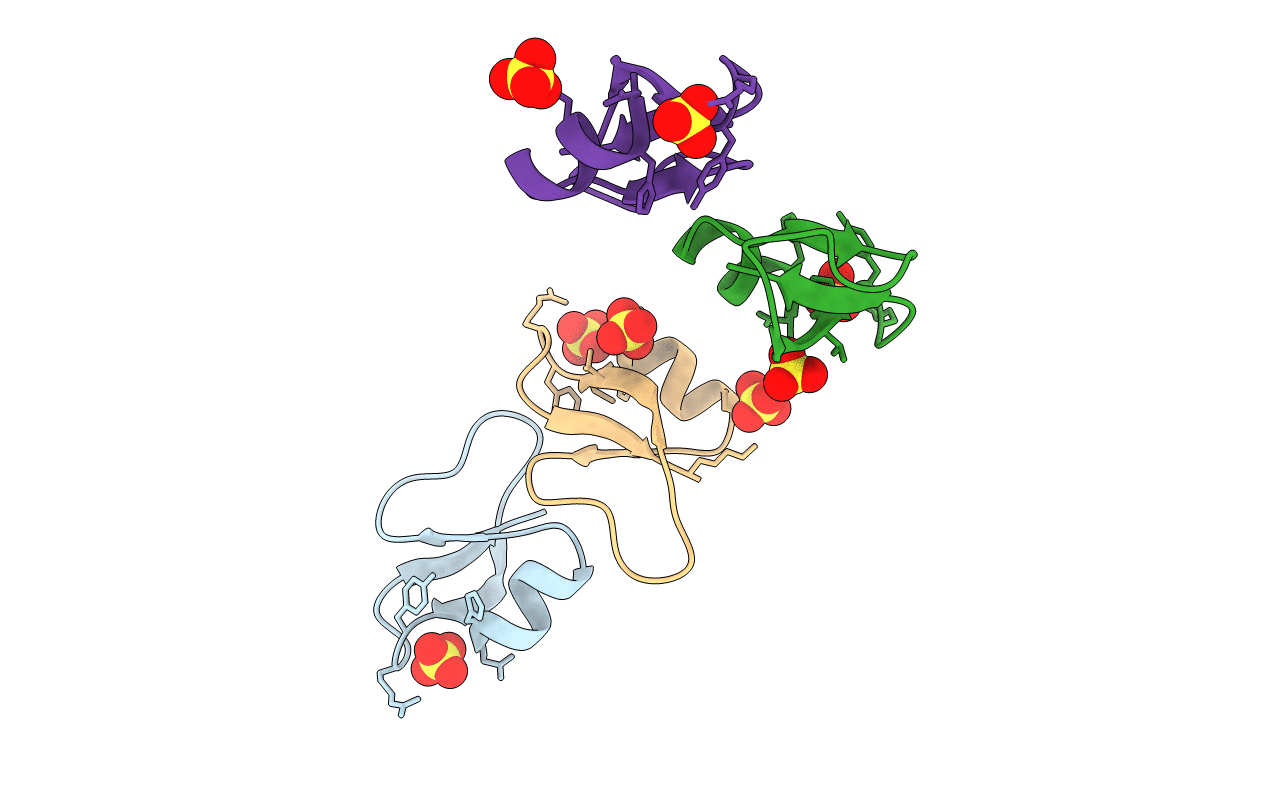
Deposition Date
2006-10-20
Release Date
2006-10-31
Last Version Date
2024-11-20
Method Details:
Experimental Method:
Resolution:
1.65 Å
R-Value Free:
0.19
R-Value Work:
0.16
R-Value Observed:
0.16
Space Group:
P 1


